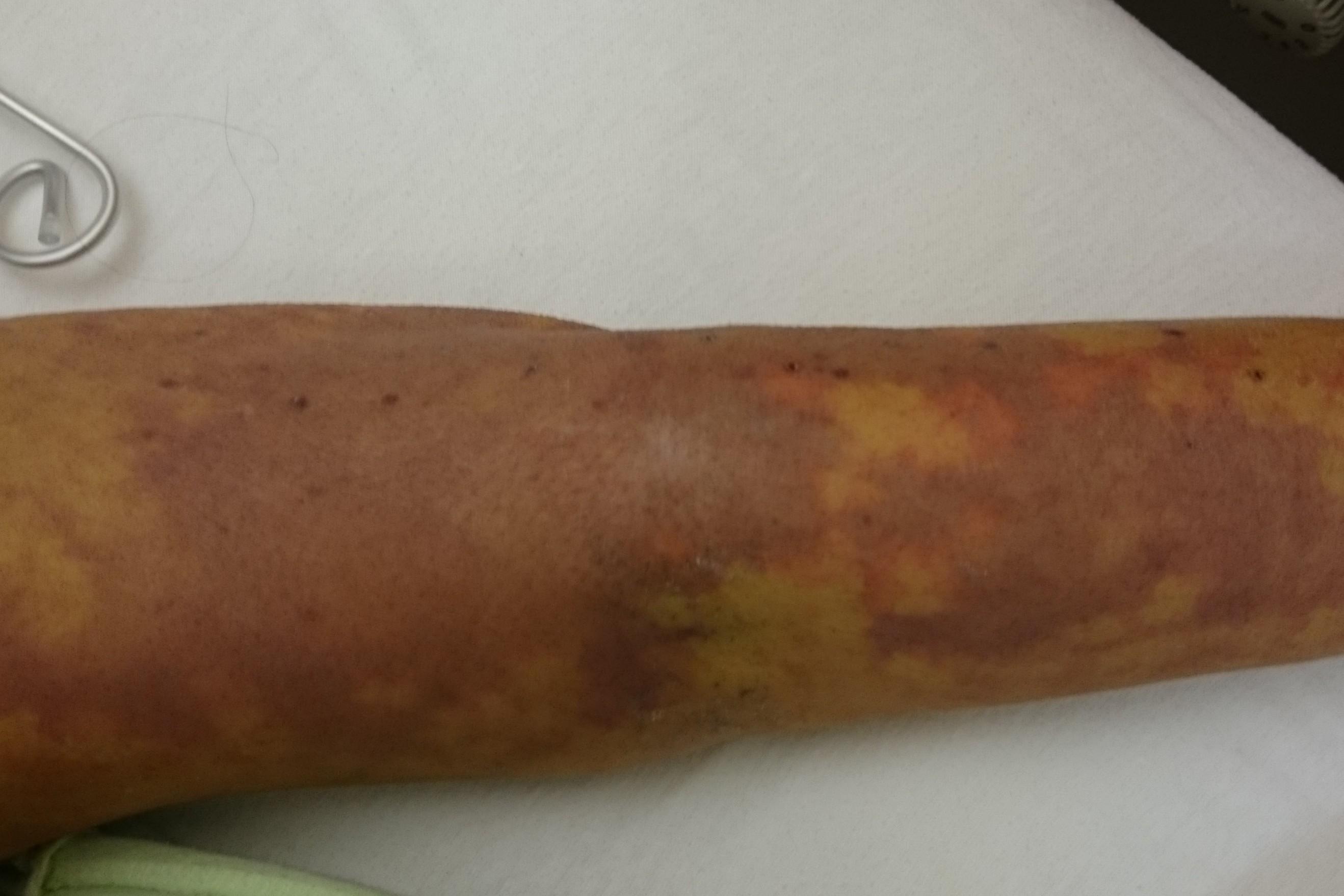
What is Pyemia? Pyemia, also known as septicemia, is a type of blood poisoning caused by the spread of pus-forming bacteria in the bloodstream. This condition can lead to abscesses in various organs and tissues, making it a serious medical emergency. Often resulting from infections like boils or abscesses, pyemia can cause symptoms such as fever, chills, and rapid heart rate. If left untreated, it can lead to severe complications, including organ failure. Early diagnosis and treatment with antibiotics are crucial for recovery. Understanding pyemia is important for recognizing its symptoms and seeking prompt medical attention.
What is Pyemia?
Pyemia, also known as septicemia, is a type of blood poisoning caused by bacteria. This condition can be life-threatening if not treated promptly. Let's dive into some fascinating facts about pyemia.
-
Pyemia is derived from the Greek words "pyo" meaning pus and "emia" meaning blood. It literally translates to "pus in the blood."
-
This condition is often caused by Staphylococcus aureus bacteria, which can enter the bloodstream through wounds or surgical sites.
-
Pyemia was first described by Sir James Paget in the 19th century. He noted its association with abscesses and septicemia.
-
Symptoms of pyemia include high fever, chills, rapid heartbeat, and fatigue. These symptoms can escalate quickly, making early diagnosis crucial.
-
The bacteria responsible for pyemia can form abscesses in various organs, including the liver, lungs, and brain.
How is Pyemia Diagnosed?
Diagnosing pyemia involves a combination of medical history, physical examination, and laboratory tests. Here are some key facts about the diagnostic process.
-
Blood cultures are essential for identifying the bacteria causing the infection. Multiple samples may be taken to ensure accuracy.
-
Imaging tests like CT scans and MRIs can help locate abscesses in the body, providing a clearer picture of the infection's spread.
-
A complete blood count (CBC) can reveal elevated white blood cell levels, indicating an ongoing infection.
-
Doctors may also perform a lumbar puncture to check for bacteria in the cerebrospinal fluid if there are signs of a brain abscess.
-
Early diagnosis is vital for effective treatment, as delayed treatment can lead to severe complications or death.
Treatment Options for Pyemia
Treating pyemia requires a multi-faceted approach, often involving antibiotics and surgical intervention. Here are some important facts about treatment.
-
Intravenous antibiotics are the first line of defense against pyemia. These medications are administered directly into the bloodstream for rapid action.
-
The choice of antibiotics depends on the type of bacteria identified in the blood cultures. Common options include vancomycin and ceftriaxone.
-
Surgical drainage of abscesses may be necessary to remove pus and reduce bacterial load in the body.
-
In severe cases, patients may require intensive care to manage complications like septic shock and organ failure.
-
Supportive care, including fluids and medications to maintain blood pressure, is crucial for stabilizing patients.
Risk Factors and Prevention
Understanding the risk factors for pyemia can help in its prevention. Here are some key points to consider.
-
Individuals with weakened immune systems, such as those with HIV/AIDS or undergoing chemotherapy, are at higher risk for pyemia.
-
Chronic conditions like diabetes and kidney disease can also increase susceptibility to infections, including pyemia.
-
Proper wound care and hygiene are essential for preventing bacterial infections that can lead to pyemia.
-
Hospitals and healthcare settings must adhere to strict infection control protocols to minimize the risk of pyemia in surgical patients.
-
Vaccinations against certain bacteria, like pneumococcal and meningococcal vaccines, can reduce the risk of severe infections.
Historical Cases of Pyemia
Pyemia has been documented throughout history, affecting notable figures and shaping medical understanding. Here are some intriguing historical facts.
-
President James A. Garfield suffered from pyemia after being shot in 1881. Despite medical efforts, he succumbed to the infection.
-
In the pre-antibiotic era, pyemia was a common and often fatal complication of surgical procedures and injuries.
-
The development of antibiotics in the 20th century significantly reduced the mortality rate associated with pyemia.
-
Historical records show that battlefield injuries during wars often led to pyemia, highlighting the importance of sterile medical practices.
-
Sir James Paget's early descriptions of pyemia laid the groundwork for modern understanding and treatment of septicemia.
Modern Research and Advances
Ongoing research continues to improve the diagnosis and treatment of pyemia. Here are some recent advancements.
-
Newer antibiotics and combination therapies are being developed to combat antibiotic-resistant bacteria causing pyemia.
-
Advances in imaging technology allow for earlier detection and more precise treatment of abscesses associated with pyemia.
-
Research into the human microbiome is shedding light on how bacterial imbalances can lead to severe infections like pyemia.
Pyemia: The Final Word
Pyemia, a severe infection caused by Staphylococcus aureus, can be life-threatening if not treated promptly. This condition, marked by the spread of pus-forming bacteria through the bloodstream, often leads to abscesses in various organs. Early symptoms like fever, chills, and fatigue should never be ignored. Quick medical intervention, typically involving antibiotics and sometimes surgical drainage, is crucial for recovery.
Understanding the risk factors, such as weakened immune systems or recent surgeries, can help in early detection and prevention. Staying informed about pyemia and maintaining good hygiene practices can significantly reduce the risk of infection.
Remember, knowledge is power. By being aware of the signs and symptoms, you can take proactive steps to protect yourself and others from this dangerous condition. Stay vigilant, stay healthy.
Was this page helpful?
Our commitment to delivering trustworthy and engaging content is at the heart of what we do. Each fact on our site is contributed by real users like you, bringing a wealth of diverse insights and information. To ensure the highest standards of accuracy and reliability, our dedicated editors meticulously review each submission. This process guarantees that the facts we share are not only fascinating but also credible. Trust in our commitment to quality and authenticity as you explore and learn with us.
